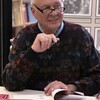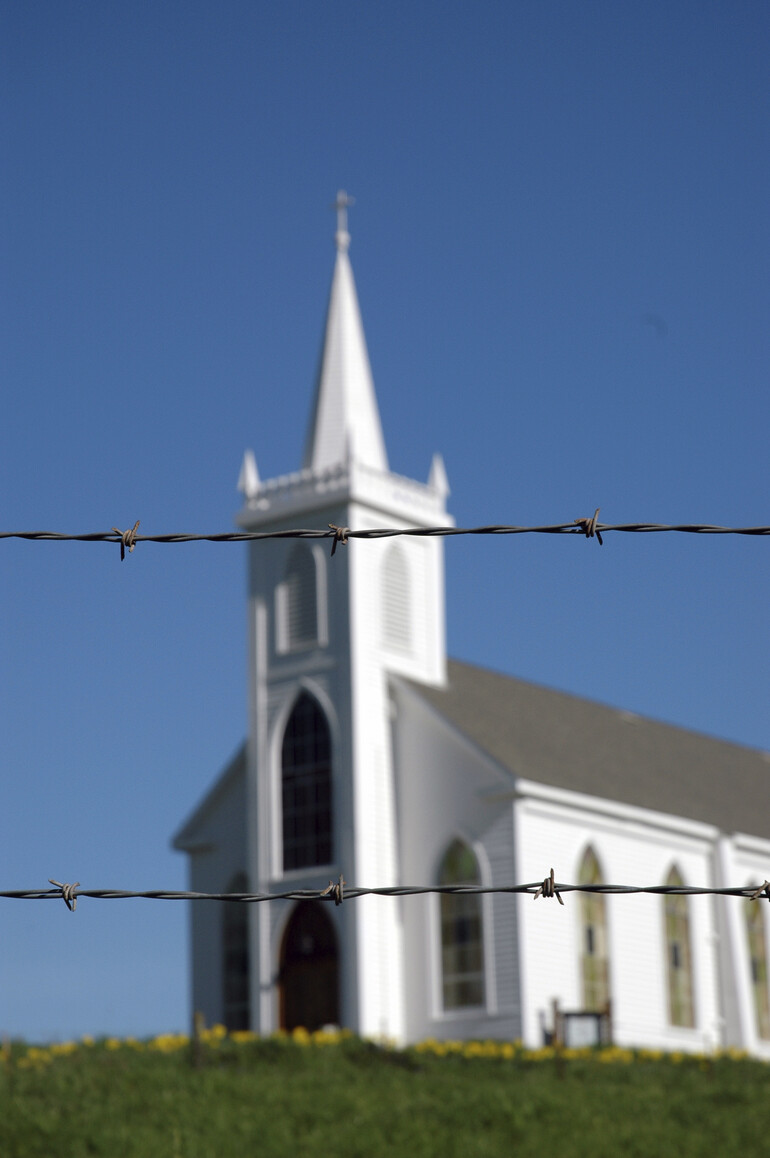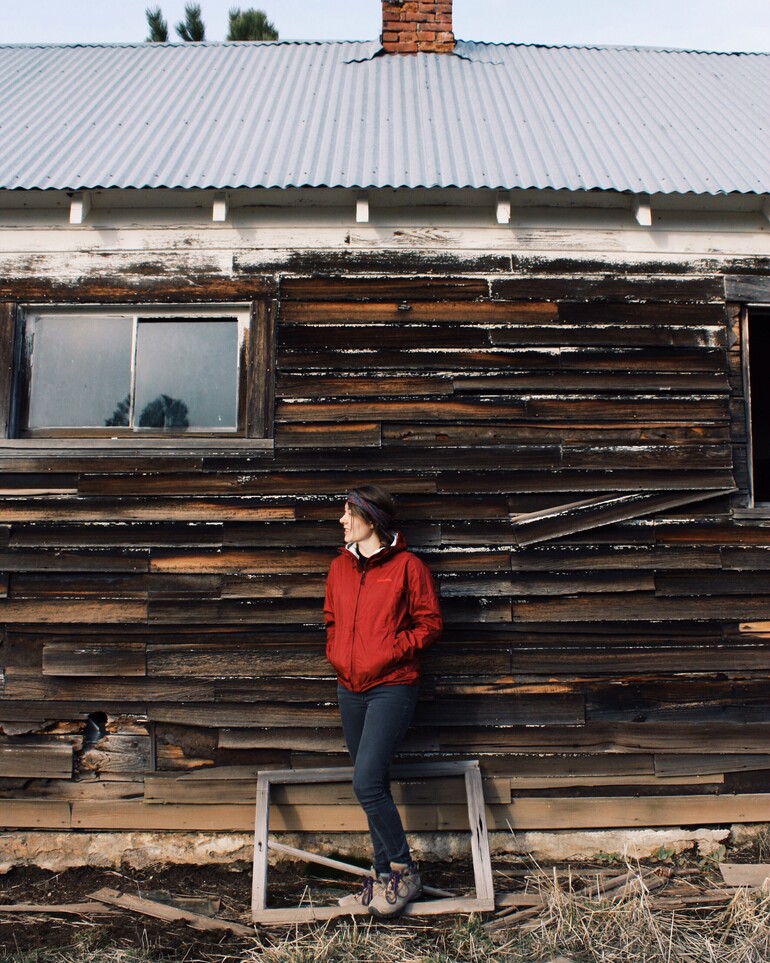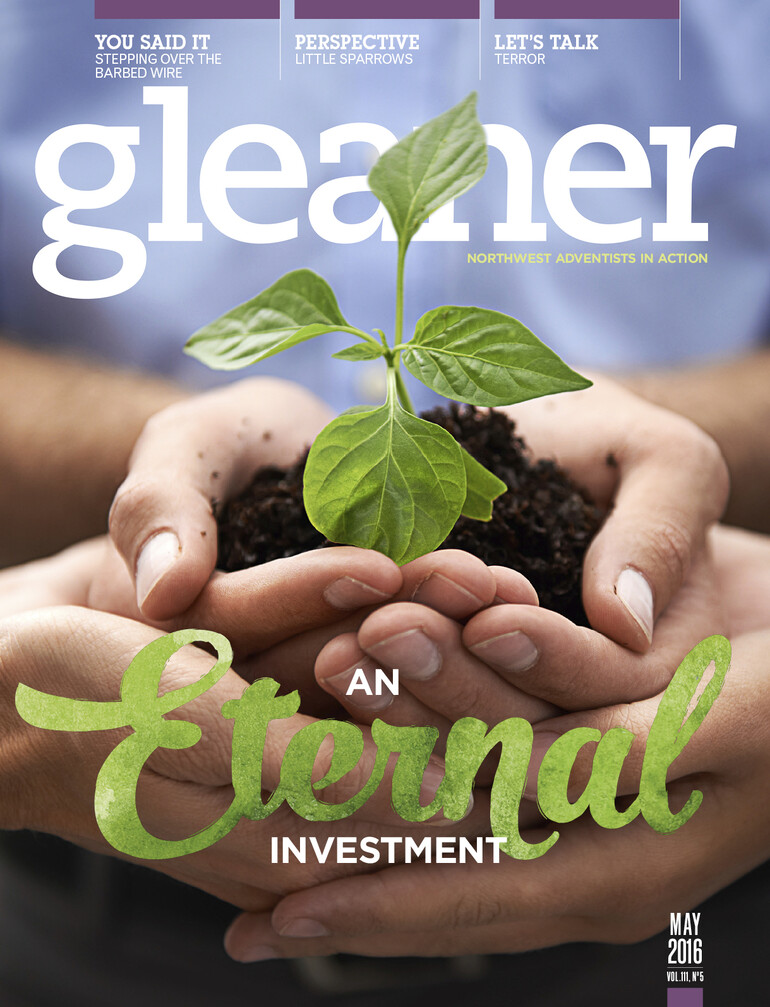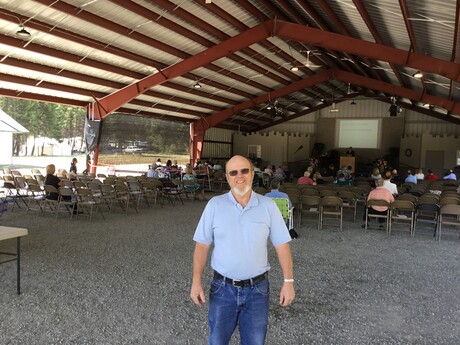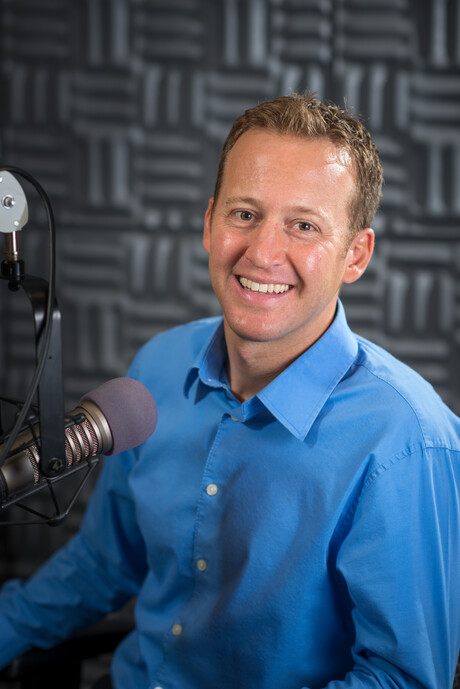We came upon an empty house, broken and chipping, sitting behind a barbed-wire fence. The sign on the fence read "Posted: No Trespassing," resting at the top of a hill in the Blue Mountains of eastern Oregon. Strong, bending, reaching pines stood surrounding the house as the property sloped down to the valley.
There's something curious about an abandoned old house where the window frames have shards of glass stuck in them and the broken wooden panes lie on the ground and the door is still locked. The wilderness is once again claiming the earth the house sits on.
Lately, I've been wondering if the church I grew up in will soon be an abandoned house with a wire fence around it with only a sign left on the gate saying "keep out" for my children to drive by and wonder why the owners have left and why the wilderness is taking back the earth the house sits on. It's hard to look at a house that is old and broken and look in the window reflection to see my own brokenness staring back.
Church doesn't start with a religion, denomination or a list of doctrines or a like-minded community. Church grows first in our hearts when Jesus becomes "the main thing," as William G. Johnsson, former editor of the Adventist Review, put it.
Two weeks ago, I attended the Create Conference, which is associated with The One Project. In attendance, there were 150 people of mixed professions — members committed to the Seventh-day Adventist Church and its future. The Create Conference focused on the importance of the local church and the surrounding community.
During the Create Conference, Lisa Clark Diller, a history professor at Southern Adventist University, described her own experience of being a part of a church plant in Chattanooga, Tenn. To place heavy emphasis on the purpose of our local church congregations, Diller says, is to be physically local. “Church is part of the ecosystem,” Diller explained. She encouraged us to ask our local communities how the church can be a good neighbor because church involvement in the surrounding community should be a normal thing we do. “It’s easier to bear false witness when we don’t know our neighbors,” noted Diller, but “we try, we fail, we fail again, and maybe we’ll fail better.”
It's not about keeping what we have inside our fence; it's about growing where we have built our house and walking down the dirt driveway to where our neighbors live and breathe. When we commit to church, we commit to not only the people within our house, but the fathers, mothers, children, businesses, schools and community programs taking place physically in our backyard.
And I’m not talking about just the Adventist families, businesses or schools. No, it's everyone: the businessmen, the bartenders, the waitresses, the agnostics, the LGBTQs, the divorced, the unemployed ... all, including us, fall under grace! Extending grace isn’t meant to be comfortable; it’s meant to heal. Because the earth you grow a church on is a garden for everyone to reap the harvest of within the immediate surrounding blocks of the church community.
Building a healthy Jesus-centered church community isn’t easy, and it’s going to be messy. It requires us to be honest with ourselves and our own dirt. We as individuals and a community have to take the humbling step of looking in the mirror and asking ourselves, “Is Jesus the main thing?” And if our answer wavers (as it does because we’re human), we get on our knees and ask for more of Him, less of us. Then we stand up and walk out the door of this house we’ve built and embrace the broken beings of our community — acknowledging that we are broken too — and extend the grace we keep receiving daily from the One who heals us all.
My dream is that the Seventh-day Adventist Church I grew up in won’t be an abandoned house surrounded by barbed wire and a “No Trespassing” sign on the gate for my children to drive by and wonder about. No, my dream is that the church I am a part of will not be labeled as a church building on the block, but as a group of people living in community together, reaping the harvest of grace and healing from the One we proclaim as our Savior. Jesus. All.
I wrote this article in response to my experience attending The One Project in Seattle in February and, specifically, the Create Conference, which was associated with The One Project. The Create Conference was a focused presentation and open discussion about the importance of the local church congregation and its surrounding community.
Editor's Note: As space allows, the Gleaner provides the You Said It section for Northwest Adventist members to share their personal testimonies or inspirational thoughts. The views expressed are those of the writer and may not fully reflect those of the North Pacific Union Conference or its leadership. We welcome submissions of 500–900 words for You Said It.


